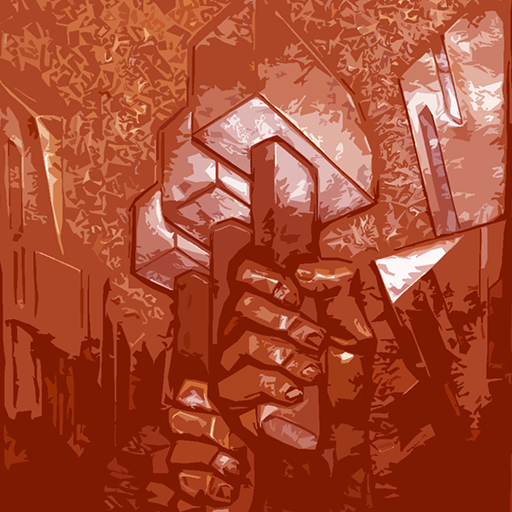Benchmarks of Civilization
An Account of the Development, Migration and Kinship of the World’s Peoples and Cultures
News and Discoveries
Medium: 43 Pieces of Advice From an Ancient Egyptian Vizier to His Son
Around the year 2350 BC, a man named Ptahhotep was vizier to the pharaoh of ancient Egypt. The vizier was the highest ranking official in ancient Egyptian “government”, and usually the right-hand man of the pharaoh. Ptahhotep was therefore a successful man, entrusted by his king to bear a big part of the burden of running the country.
What Was Stonehenge For? The Answer Might Be Simpler Than You Thought.
Some believe it to be an astronomical calculator, an observatory that helped demarcate the seasons. Others view Stonehenge as a place of healing, a kind of prehistoric Lourdes, which hosted hordes of pilgrims. In the 1960s and ’70s, the site was thought to be imbued...
NY Times: A 2,700-Year-Old Figurine Revives a Weighty Mystery
A bronze statuette recovered from a river in Germany may have been part of an early Scandinavian weight system, some archaeologists believe.Two summers ago, while snorkeling in the marshy streams of the Tollense River on Germany’s Baltic coast, a 51-year-old truck...
Cultures that Just Don’t Die
The Most Stubborn Cultures in HistoryAdmittedly, all cultures are resilient in their own shape and form, but with my previous two articles being so research-heavy and long, I’m going to write about a few interesting stories from history about cultures that just didn’t...
Black Hawk – American Diplomat and Namesake of the Chicago Blackhawks
Black Hawk – namesake of Black Hawk County and my favorite NHL team, the Chicago Blackhawks. I’ve always identified the Black Hawk War with Illinois and the participation of Abraham Lincoln, but Black Hawk lived some time and passed away in the state of Iowa.
First Humans to leave Africa went to China, not Europe
The first humans to leave Africa decamped to far east Asia, not Europe. A trove of ancient teeth found in a cave in China adds evidence to the idea that humans reached the region thousands of years before they made it to Europe.
About Benchmarks of Civilization
This Benchmarks of Civilization book and its accompanying poster provide brief and illustrated resources about the development, migration and kinship of theworld’s peoples and cultures.
Historically, there have been numerous and vigorous academic disagreements about the timelines and events of most civilizations, particularly prehistoric.
However, recent scientific techniques for evidence dating and genetic tracing have provided new insights into past civilizations and cultures. That historic and genetic evidence demonstrates the kinship between all people of all civilizations and cultures over the millennia of human history.
The Benchmarks of Civilization poster provides an overview, and geographical reference and timeline for each major civilization and culture within each region of the world. Each timeline represents a cultural wave, with a beginning and end, some just a few centuries, and others for millennia.
The Benchmarks of Civilization poster helps to visualize the migration of populations. Each new civilization was the result of a population migration sometimes over a relatively short period. The poster exposes fascinating issues about the kinship between cultures: why and how did a population group break away and migrate, and how was a new culture born? Often plague or famine were the source of the death of a culture and impetus for migration as people sought new food and resources. Religion was also often a power for birth when a group fled or was forced away.
Waves out of Africa







